Digital censorship and internet shutdowns are rising
In the wake of the Covid-19 outbreak late last year, some countries deliberately shut down the internet in an attempt to curb the spread of information about the pandemic.
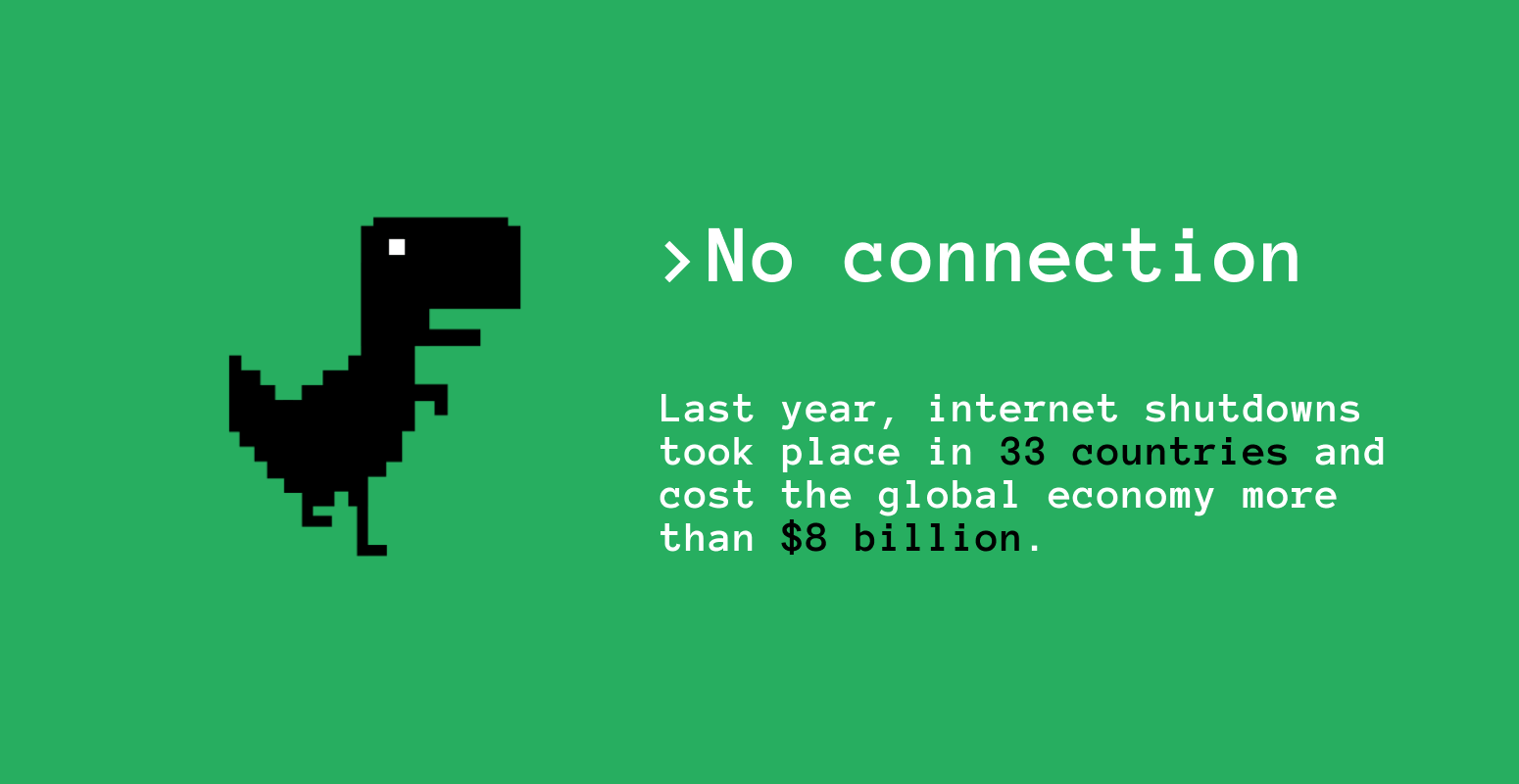
33 countries participated in digital censorship by either shutting down the internet or filtering information accessible to the people. These countries ended up hurting their economy, as well as the world economy with their actions.
So far, internet shutdowns in various countries are said to have cost the world economy up to $8 billion in losses.
Understanding what digital censorship is
One in every six countries has, in one way or another, participated in some form of censorship.
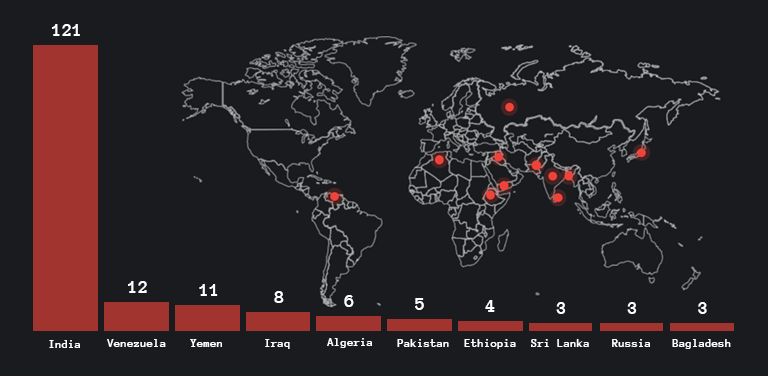
What this means is that some countries blocked some apps, cut-off access to the web, or throttled the internet in the name of controlling the access and flow of information.
Amidst a global crisis, a lot of inaccurate information can be peddled around, leading to unnecessary panic and unrest. The internet is the fastest way to make both correct and incorrect information go viral.
Some countries partake in digital censorship to protect its people while other countries do so to shape opinions, control, and manipulate information accessible by the public.
Here’s a closer look at the specific tools used mostly by these countries to shut down or control the flow of data across the internet.
Affected countries
People living in countries like India, Iraq, Yemen, Algeria, Bangladesh, Venezuela, and Myanmar still have little or no clue about the real state of events even as Covid-19 cases continue to rise.
Countries like Ethiopia have ceased censoring information and have lifted the ban. Other countries continue to order internet shutdowns intermittently, India leading with up to 121 recorded shutdowns in total. In Yemen there were 12 shutdowns, 8 in Iraq, 12 in Venezuela, and 6 in Algeria.
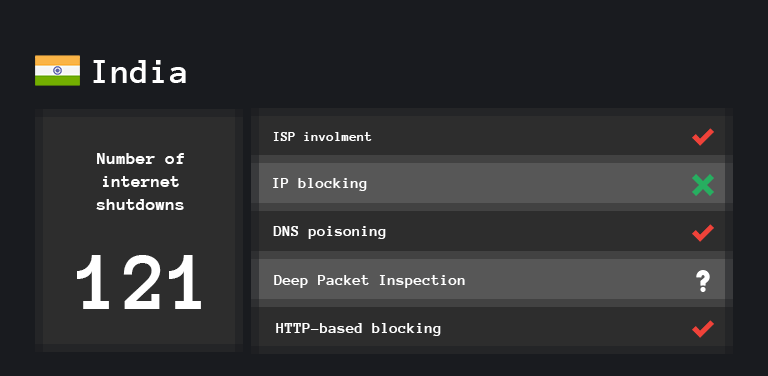
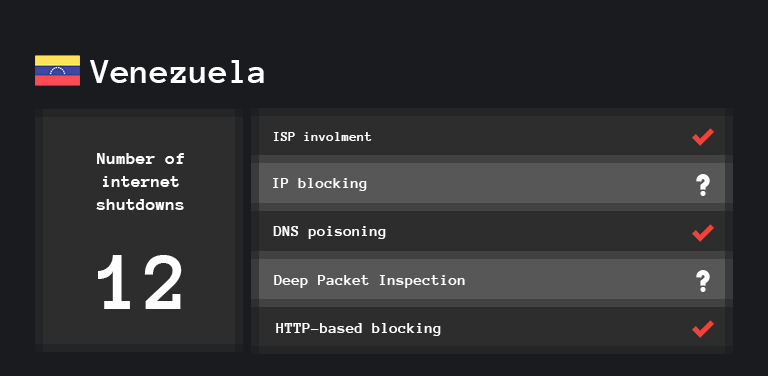
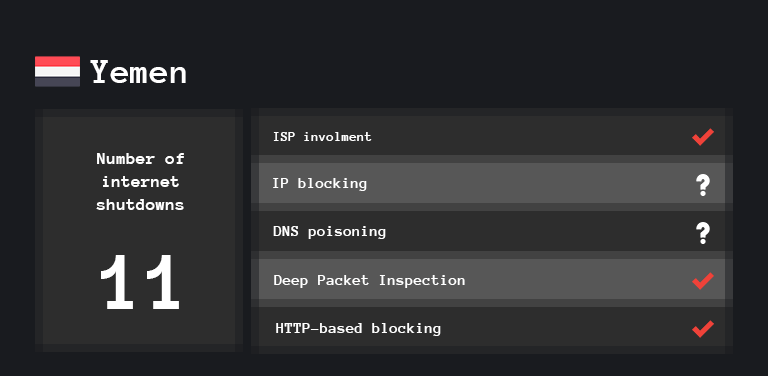
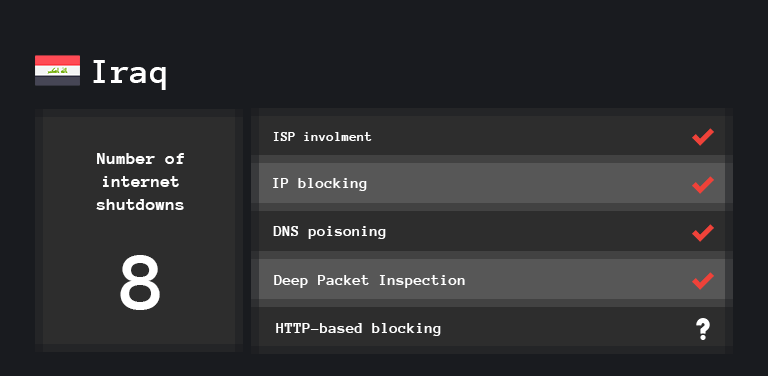
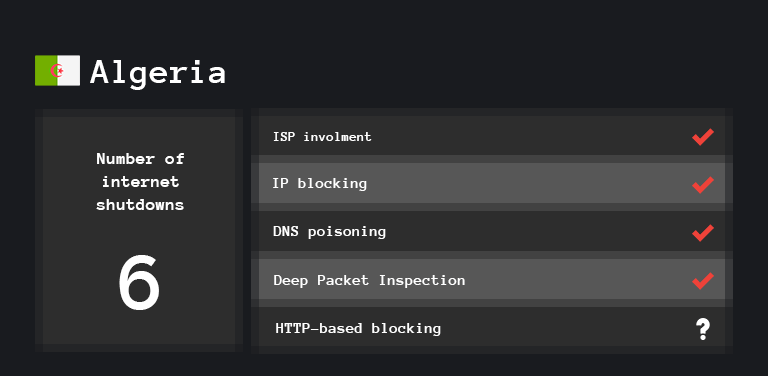
Such countries disrupt the internet, partially or completely, to protest or tame civil unrest. They also do so to forge election results and cause political shifts or to nullify the law in the absence of evidence.
So how do such countries manage to completely or partially shut down the internet?
Tools used to shut down or monitor the internet
For the longest time, different countries have deliberately controlled access to information by disrupting social media, through internet blackouts and using diverse technical measures to mess with digital communication.
The emergence of Covid-19 has seen digital censorship cases double across the globe. This because most political leaders have a say or already own the main Internet Service Providers-ISPs in their countries. This is how they succeed in putting up firewalls without the civil society being able to detect what is behind the interruptions.
Some of the intricate tools or techniques used to control or filter the internet include:
Deep Packet Inspection – DPI
Governments are using DPI to monitor network traffic and block access to resources that are harmful to their interests. DPI is capable of locating, detecting, categorizing, blocking, or rerouting packets.
IP Blocking
IP blocking targets specific IP addresses by placing barriers that keep people from accessing certain sites or social media platforms. IP blocking aims at blocking traffic to platforms like Twitter, Facebook, YouTube, Snapchat and so on.
The authorities involved targeting the main servers belonging to these social media sites. The use of specific internet service providers to hinder or distort the exchange of information between content providers and the end-users.
HTTP-Based Blocking
Say a user tries to type in something on their search bar. If the phrase they wrote features sensitive keywords, then it acts as a red flag for the firewall already set up to stand guard. As a result, the user will not be able to find the information they are looking for as it is either blocked or the search will fail.
The firewall here is programmed to block content specific questions and phrases automatically.
DNS Poisoning
DNS poisoning is the cheapest of all tools and techniques mostly used to censor the internet. Instead of working to filter traffic on a particular network, this technique otherwise targets content. It’s like software that lurks online looking for specific content only to redirect the user somewhere totally different.
If, for example, a user typed the name of a particular site that they wanted to access, their computer would first need to contact its DNS server before gaining access to the site in question. DNS poisoning comes in to alter the search results and redirect you to another site leaving the user with the wrong site/information.
The techniques listed above are normally used individually, however, some countries combine two or more techniques to make their censoring efforts more effective. In most cases, IP blocking is combined with DPI to make the searcher's efforts of seeking certain information harder. This method is powerful enough to cause internet blackouts across an entire country. But countries like India are too large and may have to target regions at a time for the technique to work.
The Bottom line
The spike in the number of countries undertaking digital censorship means that more and more leaders are choosing to block and cut off access to information by their people in fear of criticism. The countries listed here are notorious for having internet shutdowns.
What the digital future for countries like Venezuela, India, Yemen, Iran, and Algeria appear to point towards a sovereign internet that is easier to control and manipulate. This as other countries not on this list seems to be heading towards autonomous networks that are much harder to control.
It’s now a game of ‘wait and see’ to find out where the weight tips as more countries join the digital censorship bandwagon to block and mask information.
Silence censorship. Protect your privacy and bypass restrictions with Xeovo VPN. Starting from 2,99€/mo.
